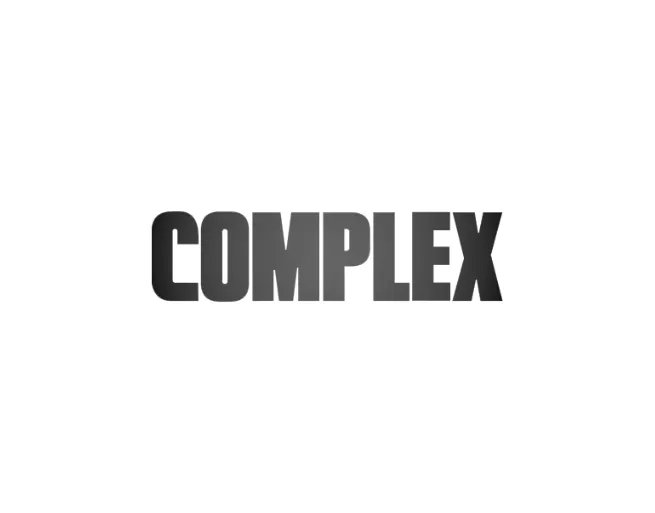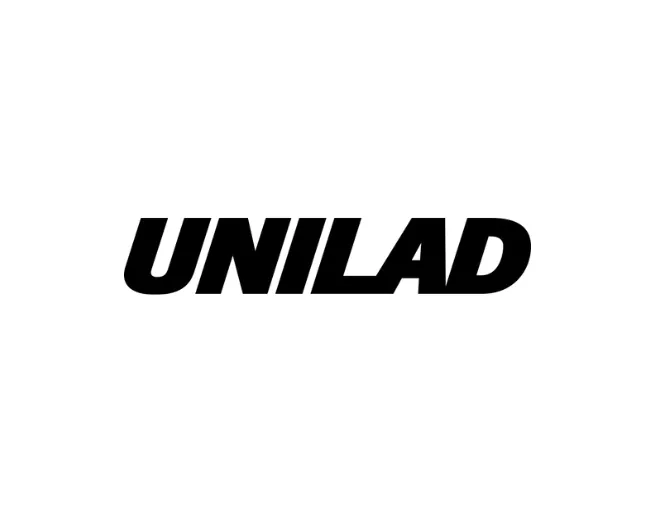THE TEAM IGNITION SHOW - NEW SEASON, NEW HOST!
The Team Ignition Show returns with an all-new season, hosted by Selema Masekela, X Games mainstay and a defining voice in extreme sports culture. Selema brings you inside the minds of the world’s most exceptional risk-takers, exploring what drives them and revealing the peaks and pitfalls of life on the edge.




















